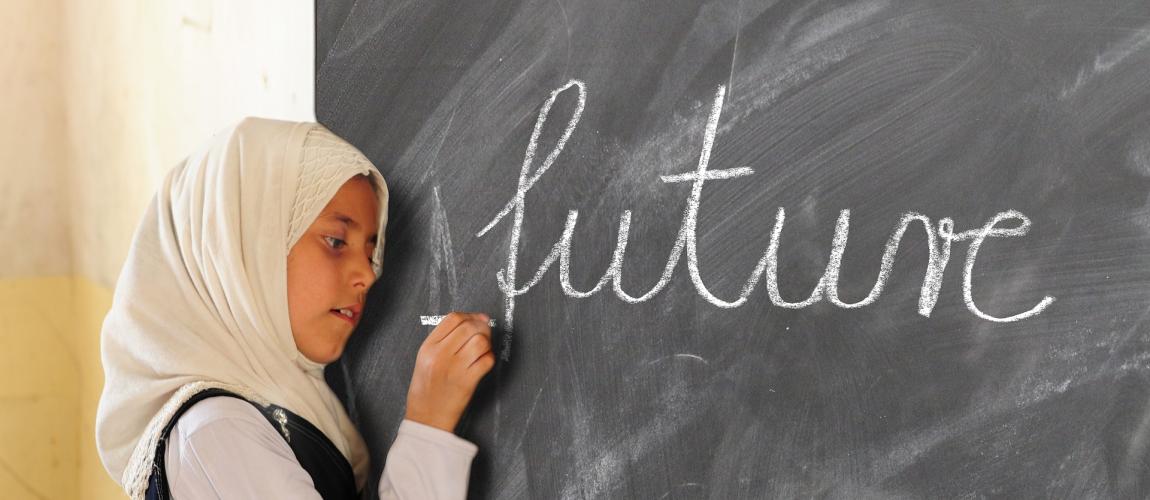Gender Equality & PPPs

Photo Credit: Image by Gerd Altmann from Pixabay
The development and upgrading of infrastructure in general and through public-private partnership (PPP) projects can improve the availability and quality of essential infrastructure services as well as access to employment, education and markets, income-generating opportunities and entrepreneurship. The expansion of electricity grids, the construction of new roads and bridges, as well as the provision of water supply and sanitation services is, however, not gender neutral as men and women have different roles and responsibilities in their households, communities and markets. The World Bank Group (WBG), through its 2016 – 2023 Gender Strategy, has identified four objectives important to promoting gender equality: The proposed WBG Gender Strategy 2024-30 puts forward the bold ambition to accelerate gender equality for a sustainable, resilient, and inclusive future in alignment with the World Bank Evolution Roadmap. The Strategy responds to the global urgency, fundamentality, and complexity of achieving gender equality. Building on implementation of the WB Gender Strategy 2016-23, the new strategy proposes a focus on innovation, financing, and collective action to end gender-based violence, elevate human capital, expand and enable economic opportunities, and engage women as leaders. PPP programs and projects can play an important role in addressing these objectives by advancing the development of infrastructure that takes the needs, priorities and concerns of females and males as users into account while promoting gender equality and women’s empowerment in the long term by providing equal opportunities for women and men as employees, entrepreneurs, community members, and leaders. Including a gender perspective in PPP frameworks as well as the planning, design, development, implementation, monitoring and evaluation of PPP infrastructure projects help to ensure that projects are designed and implemented that grant women equal access to transport, electricity, and water and sanitation services. Similarly, projects that include a gender lens can equip local women with skills, experience and tools to participate in decision-making and governance; contribute towards ending gender-based violence; or take measures to remove barriers to female employment, entrepreneurship and ownership of productive assets. As a robust evidence base shows, aiming for gender equality and a more inclusive approach leads to better development outcomes for the next generation and allows businesses and institutions to perform better. This section provides access to legal resources, guidance and publications that could help decision-makers to plan, design, implement and monitor more gender-responsive PPP infrastructure programs, frameworks and projects.
Updated: July 22, 2024
Related Content
Additional Resources
Examining public-private partnership projects through a gender lens
Gender Equality, Infrastructure and PPPs
Partner Resources

Women, Business and the Law 2024 is the tenth in a series of annual studies measuring the enabling environment for women’s economic opportunity in 190 economies. Women, Business and the Law 2024 introduces a new framework for measuring the implementation gap across three pillars: legal frameworks, measuring laws; supportive frameworks, measuring policy mechanisms to implement laws; expert opinions, shedding light on experts’ perception of women’s outcomes.